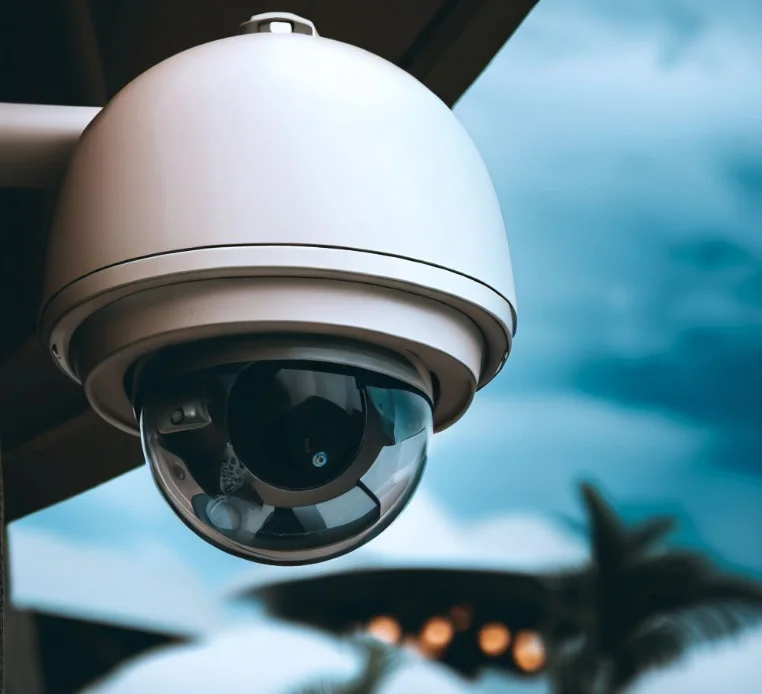Comprehensive Guide to Farm Security Camera Systems
Farms are expansive and often remote, making them potential targets for theft, vandalism, and other forms of crime. Protecting livestock, crops, and equipment is not just about security but also about ensuring the continuity of food supply chains. Security camera systems offer a way to monitor and safeguard your farm effectively.
Why Install Farm Security Cameras?
Deter and Document Crime: Visible cameras can deter potential thieves and vandals. If a crime does occur, recorded footage provides evidence.

Livestock Protection: Cameras can be strategically placed to monitor animals, especially during vulnerable times such as calving season.
Crop Monitoring: Cameras with night vision and AI features like animal detection can alert you to nocturnal threats to your crops.
Remote Management: Modern camera systems allow you to view live feeds and receive alerts directly on your smartphone or computer, enabling you to manage your farm from anywhere.
Essential Features to Look For
- Weatherproofing: Cameras should have a high IP rating (IP65, IP66, or IP67) to withstand various weather conditions.
- Night Vision: Infrared (IR) night vision is crucial for 24/7 monitoring, especially given that most rural crimes happen at night.
- Range and Resolution: Ensure cameras have a sufficient range (100 feet or more) and high resolution (4MP or 5MP) for clear imagery.
- Remote Monitoring Capabilities: LTE/5G capabilities are beneficial for farms without Wi-Fi, allowing for real-time alerts and monitoring via mobile devices.
- Solar Power: Solar-powered cameras eliminate the need for frequent battery changes or wired power sources, providing continuous operation.
- Notifications: Alert systems inform you of suspicious activities, ensuring you’re always in the know about security events on your farm.
Top Picks for Farm Security Cameras
- Sansco Wireless Security Camera System: Ideal for large outdoor areas, offers 2K HD video, and an 8-channel NVR with person detection.
- Arlo Go 2: Suitable for farms without Wi-Fi, supports 3G/4G data, and has a built-in spotlight for night-time use.
- Reolink Go: Solar-powered and perfect for locations without power sources.
- ADT: A well-established security system with comprehensive features and professional monitoring.
AlfredCam Plus: A wireless option that’s easy to set up and manage from your mobile device.
Step-by-Step Implementation Guide
- Assess Your Needs: Determine which areas of your farm require monitoring such as barns, pastures, and equipment storage areas.
- Choose Appropriate Features: Based on your assessment, select cameras with the features necessary to cover each area effectively.
- Placement Strategy: Install cameras at strategic points, ensuring they are weatherproof and have a clear field of view.
- Set Up Remote Monitoring: Configure your cameras to send live feeds to your preferred devices and set up notifications for alerts.
- Regular Maintenance: Perform periodic checks to ensure cameras are functioning correctly and that their lenses are clean for optimal performance.
Implementing a farm security camera system is a crucial step in safeguarding your farm’s assets and ensuring peace of mind. By understanding the essential features and carefully selecting the right cameras for your needs, you can create an effective security system tailored to your farm’s unique challenges.
With Jet Hotel Solutions (https://www.jethotelsolutions.com/), it’s easier than ever to keep a close eye on your farm from anywhere, at any time.
